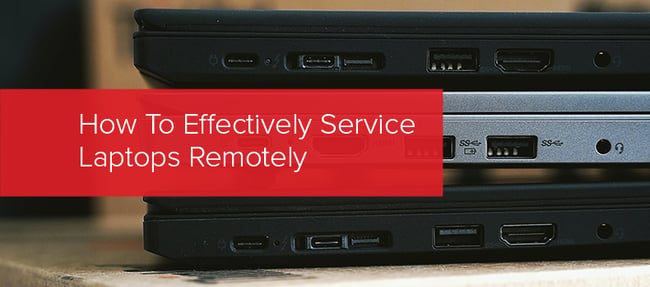How does your IT Department ensure daily malware threats are mitigated, whilst responding to the daily issues of errors, crashes, hard drive capacity issues, security issues and OS updates? To name a few. So how can your business benefit by freeing-up IT and implementing proactive monitoring and support?
IT resources are strained with the increase in home and remote working. Replacing that faulty device can take more than a day to fix or replace, leaving the user in limbo and potentially with a day of downtime, significantly impacting their productivity at a cost to the business.
If a blue screen error causes 20 minutes of user downtime, and you have 30 blue screen errors a month, that’s already more than a day of downtime. It’s just Maths.
With a Proactive Device Management tool, you gain visibility to all company devices and laptops, regardless of whether they’re in the office or being used remotely. With a range of dashboards and metrics, you can check-in on device health, potential issues and general usage of the devices. This allows you to take proactive actions to resolve issues before they cause an impact to productivity.
The following examples and benefits gained from using a proactive device management tool demonstrate how organisations have mitigated risks using the HP Proactive Management solution.
HP Proactive Management is a device management service with a suite of analytics that provides you with insights on your fleet of computing devices and how they are used.
Reducing Security Threats With BIOS Management
With the data from HP Proactive Management, a B2C franchise identified 62% of devices in the fleet didn’t have the recommended BIOS version, with hundreds of devices due a critical update to the BIOS. Without this update, they were leaving the devices vulnerable to security breaches and compromised endpoints.
Armed with data, the IT team identified the devices most vulnerable and implemented updates, removing a potential $89,000 cost, if breached.
Reducing Costs and Downtime from Battery and Hard Drive Issues
By monitoring the device battery health of all devices in the fleet, an industrial manufacturer was able to save an average of $350 per device, based on up to 8 hours of employee downtime while the device was fixed or replaced.
This was done by identifying issues with device batteries and hard drives early and getting them fixed or replaced in a timely manner that didn’t result in employee downtime or higher costs of repair or replacement due to time sensitivity.
Increasing User Productivity by Monitoring Device Utilisation
When a global logistics firm had complaints of performance issues due to lack of hard drive space, the IT team reviewed their proactive management tool and identified users that were running low on hard drive space.
Once identified, they were able to remotely log into the effected devices while the end-user was away from their desk and clean up the hard drive, removing any issues and allowing the user to continue working.
This can help to increase user productivity as devices can perform better when the hard drive isn’t cluttered. The same logic goes for other device components such as the CPU usage - by monitoring the utilisation of these components across all devices, it’s possible to keep everything up and running, and when a device is being over-utilised, it can even be upgraded or replaced, again increasing user productivity.

